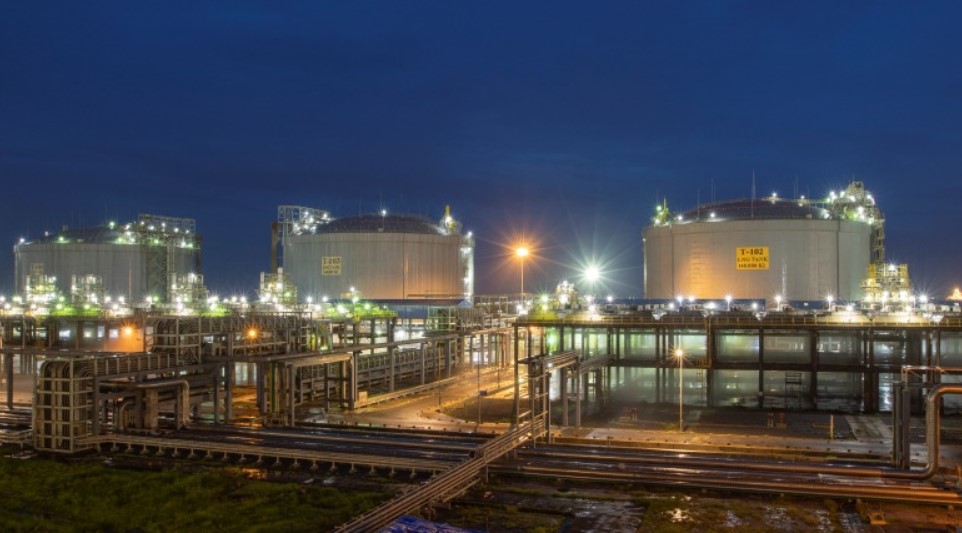This story requires a subscription
This includes a single user license.
The LNG storage tanks, T-107 and T-108, each have a capacity of 180,000 cbm.
Petronet said that the two LNG tanks have been commissioned on October 1.
The company did not provide further information.
Back in 2022, a unit of India’s engineering and construction firm Larsen & Toubro secured a contract from Petronet to build the two tanks.
These two tanks add to six existing storage tanks at the Dahej terminal with a total capacity of 932,000 cbm.
In addition, Petronet is currently expanding its 17.5 mtpa Dahej LNG terminal with about 5 mtpa of new capacity.
The company’s executives previously said that the 5 mtpa additional capacity at the Dahej terminal should be available by March 2025.
Besides eight tanks, the Dahej LNG terminal has two jetties.
The first jetty can handle vessels up to Q-Flex size, while the second jetty can handle Q-Max vessels.
In June 2024, Petronet selected compatriot ITD Cementation to build the third jetty at the Dahej terminal.
Petronet’s finance chief Vinod Mishra said in January, during the company’s quarterly results, that the company expects it will take about 36 months to complete the jetty.
He said that this jetty will be diversified and able to import propane, ethane, as well as LNG, giving Petronet more flexibility in operations.
Petronet also operates the 5 mtpa Kochi LNG terminal in Kerala.
Currently, India imports LNG via seven facilities with a combined capacity of about 47.7 million tonnes.
In addition to Petronet’s terminals, the facilities include Shell’s Hazira terminal, Dabhol LNG, Ennore LNG, Mundra LNG, and Dhamra LNG.
The Chhara LNG import terminal in Gujarat should receive its commissioning cargo later this year.

